Many people are looking for ways to reduce water usage and lower their bills. This article will provide you with complete information on how to use less water and save money on your bills. Saving water is not only an environmentally friendly step but can also reduce your monthly expenses.The plumbing system inside and outside our homes plays a crucial role in reducing water usage. If we regularly check for leaks, we can prevent water wastage and lower our consumption. In this post, I will guide you on how to use water efficiently and effectively reduce water usage to cut down on your bills..The water we use at home not only impacts our water bills but also affects the environment. For example, wastewater treatment plants process a significant amount of used water. By way to reduc water usage, we can lessen the burden on these plants, minimize wastewater production, and conserve clean water resources. Additionally, treating and transporting water requires energy, so using less water reduces energy consumption and helps lower greenhouse gas emissions.
The amount of water a household consumes depends on the number of people living there. The more people, the higher the water usage. However, regardless of the household size, anyone can reduce water consumption by following simple methods. Many websites offer water usage calculators, allowing you to check how much water you should use for efficient consumption. If you’re wondering how to decrease water usage, one of the best ways is to read your water meter regularly to monitor and control consumption effectively. This simple and effective method can help you understand your household’s water consumption. First, locate your water meter it is usually placed in a utility box outside your home. Once found, note the numbers displayed on it, which indicate your total water usage in gallons or cubic meters. If you record these numbers daily for a week, you can get a clear picture of how much water your household consumes. Identifying high water usage areas in your home is essential for effective water management. Bathrooms, laundry rooms, and kitchens are the most water-intensive areas. Activities such as showering, brushing teeth, dishwashing, and laundry consume significant amounts of water. These activities directly impact your water bills. Once you identify where the most water is being used, you can focus on ways to decrease water usage in those areas.
During summer months, water usage tends to increase, which leads to higher water bills. However, by making small changes, you can minimize water usage without sacrificing comfort. Using less water not only helps lower your bills but also contributes to the conservation of one of Earth’s most valuable resources. If you are concerned about rising water bills or want to adopt sustainable habits, start implementing these easy and effective water-saving methods today!
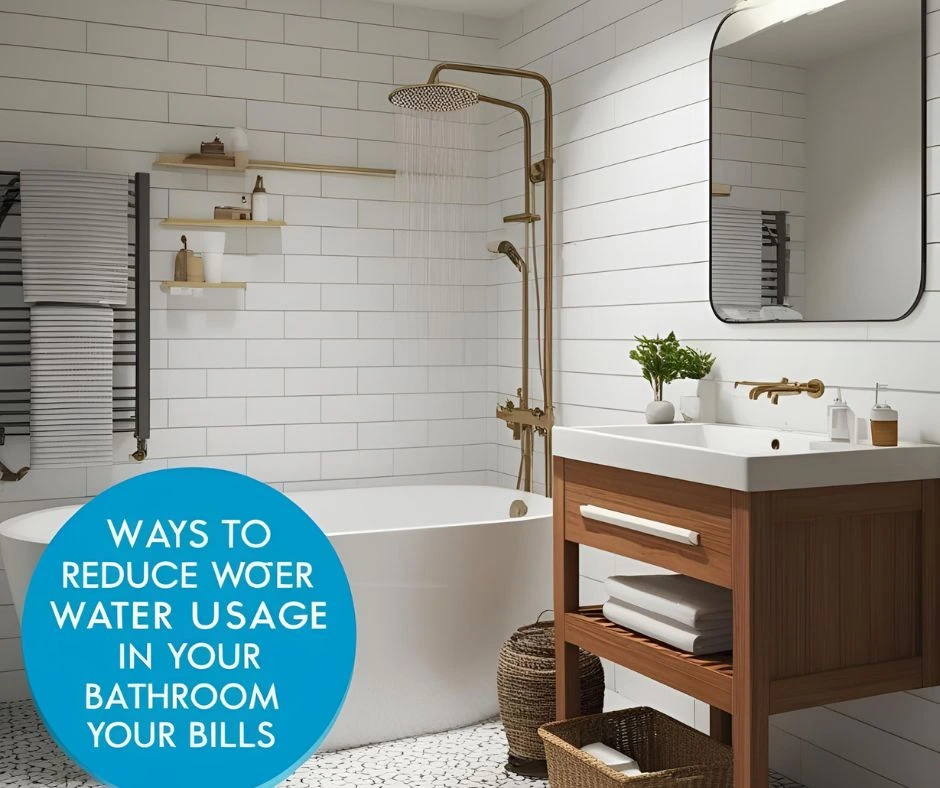
Table of Contents
- Introduction
- Importance of Reducing Water Usage
- How Water Consumption Affects Bills and the Environment
- Understanding Household Water Consumption
- Role of Plumbing Systems in Water Usage
- Impact of Household Size on Water Consumption
- Using Water Usage Calculators
- Monitoring and Managing Water Usage
- Importance of Reading Water Meters
- Identifying High Water Usage Areas in the Home
- Effective Ways to Reduce Water Usage in Bathrooms
- Installing Low-Flow Fixtures (Showerheads, Faucets)
- Reducing Shower Time
- Improving Toilet Water Efficiency
- Identifying and Eliminating Water-Wasting Habits
- Turning Off Taps When Not in Use
- Limiting Unnecessary Water Usage
- Educating Family Members on Water Conservation
- Fixing Leaks to Prevent Water Waste
- Importance of Fixing Running Toilets and Dripping Taps
- Regularly Inspecting Plumbing Systems
- Repairing or Replacing Faulty Fixtures
- Upgrading to Water-Efficient Fixtures
- Benefits of Low-Flow Fixtures
- Using Dual-Flush Toilets
- Impact on Water Bills and Environmental Conservation
- Smart Water Conservation Practices in Showers
- Installing Smart Shower Systems
- Using a Timer for Shorter Showers
- Collecting and Repurposing Water
- Reducing Water Expenses at Home
- Upgrading to Water-Saving Appliances
- Preventing Unnecessary Water Waste
- Detecting and Fixing Water Leaks
- Hidden Leaks and High Water Bills
- Checking for Toilet Leaks (Food Coloring Test)
- Repairing Leaks to Reduce Bills and Prevent Damage
- Conclusion
- Summary of Key Water Conservation Tips
- Long-Term Benefits of Water-Saving Habits
- Encouraging a Sustainable Approach to Water Usage
- Frequently Asked Questions (FAQs)
- How can I prevent water wastage at home?
- How can I reduce water usage in my bathroom?
- How can water expenses be reduced?
- How much water is used during a 5-minute shower, and how does it change with increased shower time?
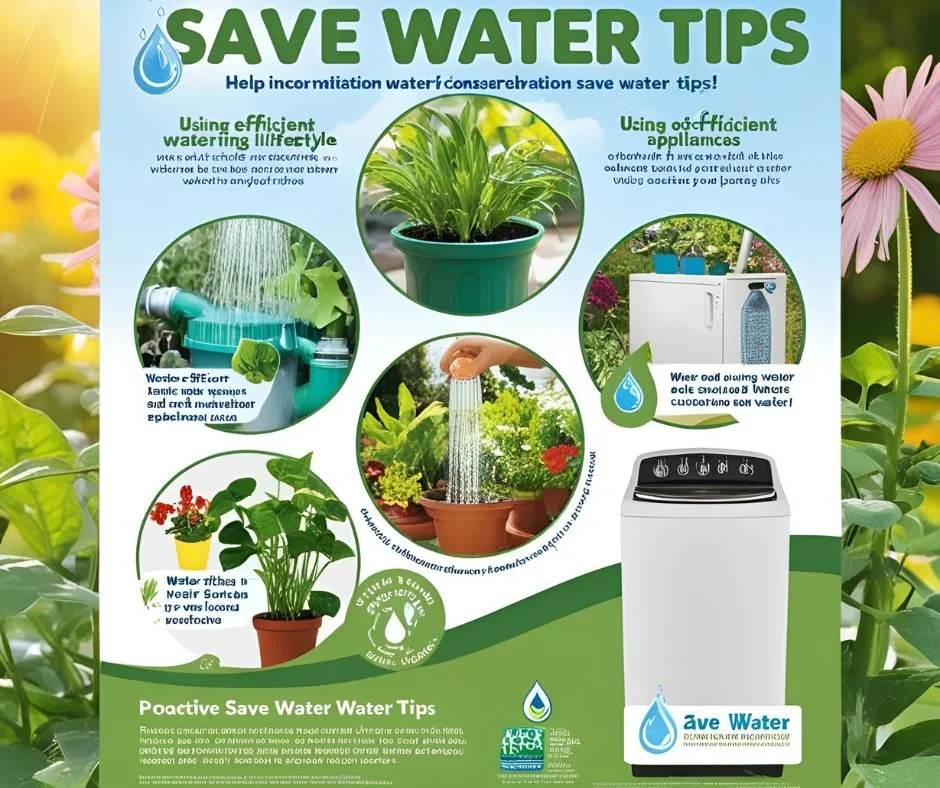
Effective Ways to Reduce Water Usage in Your Bathroom
In our home, the bathroom is where the most water is used because a large amount of water is consumed during cleaning. This has a significant impact on our water bills. Whether it’s during showering, cleaning, or any other bathroom-related task, the amount of water used can be effectively reduced. Reduction of water consumption can be achieved by using low-flow showerheads and faucet aerators, which are designed to use less water while maintaining good water pressure. These devices help conserve water and reduce expenses. By making small daily changes, we can save a significant amount of water over time.We should also guide our family members to reduce shower usage and be mindful of the time they spend in the shower. Using a timer while showering can help track and control water consumption.
Toilet water usage can also be improved. Older toilets consume a lot more water compared to newer, water-efficient models. If buying a new toilet is not affordable, you can still save water usage in your existing toilet by adopting simple water-saving techniques.By implementing these bathroom water conservation strategies, we can minimize water wastage in areas where it’s used the most and contribute to both cost savings and environmental conservation.
We should identify our habits that lead to water waste.
- Identify Water-Wasting Habits – Understanding which daily habits lead to excessive water use can help in taking corrective actions.
- Reduce Unnecessary Water Usage – The less water we use, the lower our utility bills will be.
- Turn Off Taps When Not in Use – Avoid leaving the tap running while brushing your teeth or washing your hands.
- Limit Shower Time – Taking shorter showers can significantly reduce water consumption.
- Educate Family Members – Encourage everyone at home to be mindful of their water usage.
- Check for Hidden Water Waste – Identify and fix common habits that lead to water wastage in daily life.
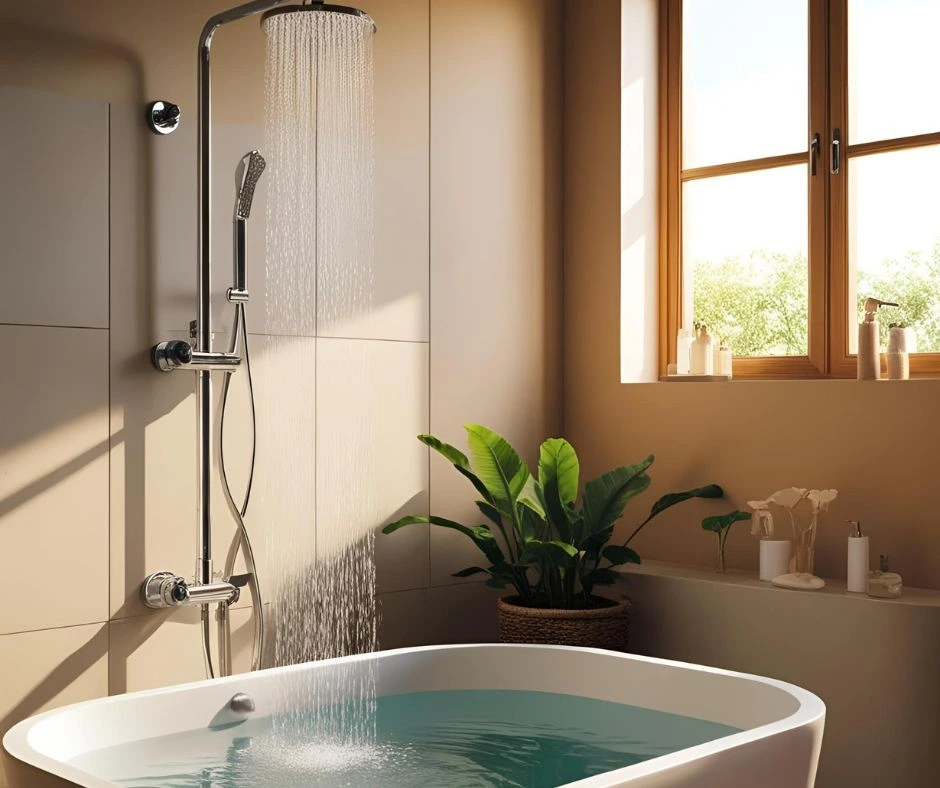
Prevent Water Waste Fix Leaks Before They Drain Your Budget
1. Don’t Ignore Running Toilets and Dripping Taps
Often, we overlook running toilets and leaking taps, but they are major contributors to water wastage. Addressing these issues immediately can prevent unnecessary water loss.
2. Regularly Inspect Your Plumbing System
Checking the bathroom plumbing and the entire household plumbing regularly ensures there are no hidden leaks that could be wasting water without your knowledge.
3. Repair or Replace Faulty Fixtures
Leaky taps, worn-out pipes, and malfunctioning toilets should be repaired or replaced as soon as possible. Quick fixes can prevent the loss of large amounts of water over time.
4. Prevent Costly Future Plumbing Problems
Fixing leaks promptly not only helps with water conservation but also protects your home from potential plumbing damage, avoiding expensive repairs in the future.
Efficient Water Usage with Low-Flow Fixtures
To reduce water usage in the bathroom, installing low-flow fixtures is essential. These fixtures, including showers, toilets, and faucets, are specially designed to minimize water consumption.Low-flow fixtures can reduce water usage by up to 50% compared to standard ones. Additionally, dual-flush toilets provide different flushing options, allowing for more efficient water use. Just like optimizing data center water usage for efficiency, these water-saving fixtures help conserve water while significantly lowering utility bills, making them a smart choice for any household.Discover the best ways to optimize bathroom ventilation for a fresher, drier, and odor-free space.
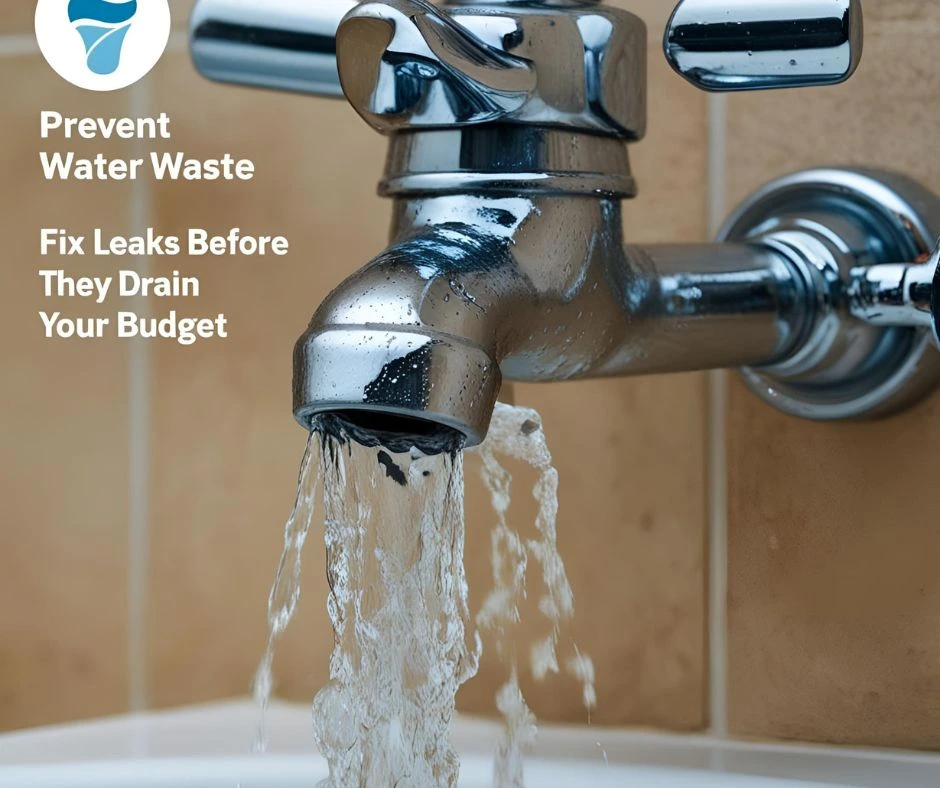
Smart Shower Practices for Water Conservation
Use a Smart Shower System
- Install water-efficient showerheads to reduce water usage.
- Consider a shower timer to limit shower duration.
Educate Family Members
- Encourage everyone to be mindful of shower time.
- Teach responsible water usage to reduce waste.
Collect and Repurpose Water
- Use a bucket to collect cold water while waiting for hot water.
- Repurpose collected water for household tasks like watering plants or cleaning.
Adopt Simple Yet Effective Habits
- Conserve water while maintaining a comfortable shower experience.
- Small changes can lead to significant water savings.
Smart Water Solutions Upgrade Fixtures to Save Water & Reduce Bills
If we want to reduce water usage and lower our bills, we need to act wisely and make smart choices. One of the best ways to do this is by upgrading our water fixtures to more efficient models. By doing so, we can prevent water waste and improve overall efficiency.We should use WaterSense-labeled fixtures, as they help minimize water waste while still providing excellent performance. Monitoring the average daily usage of water can also help us understand consumption patterns and identify areas where we can conserve more. The less water we use, the better the results we will see in both water conservation and cost savings.
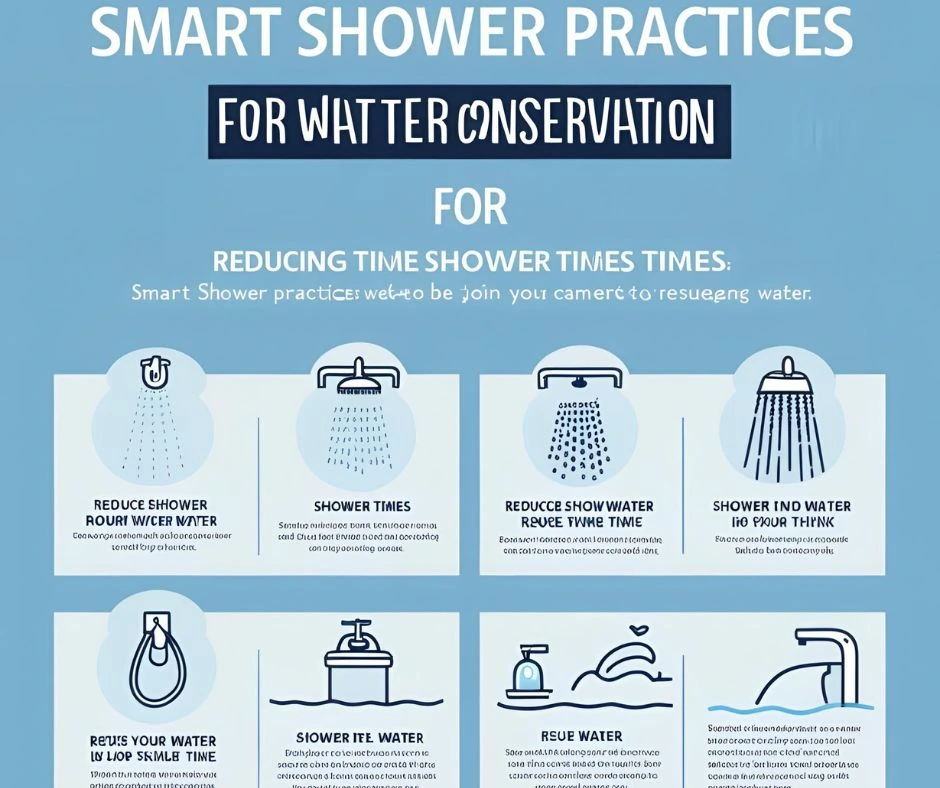
Leak The Biggest Cause of Water Waste
Leaks detection are one of the main reasons for high water bills, and they often go unnoticed. If you receive an unexpectedly high water bill, it may indicate a hidden leak.A simple way to check for leaks is to listen for running water when no taps or fixtures are in use. If you hear water flowing, even though everything is turned off, it is likely that there is a leak somewhere in your home. Additionally, checking water storage containers for any signs of leaks or drips can help prevent unnecessary water wastage and reduce expenses.
Toilets A Major Source of Water Leaks
Toilets are one of the most common sources of leaks in households. To check if your toilet is leaking, you can perform a food coloring test:
- If the color appears in the toilet bowl, it means your toilet has a leak that needs to be fixed
- Add a few drops of food coloring to the toilet tank.
- Wait 15 minutes without flushing.
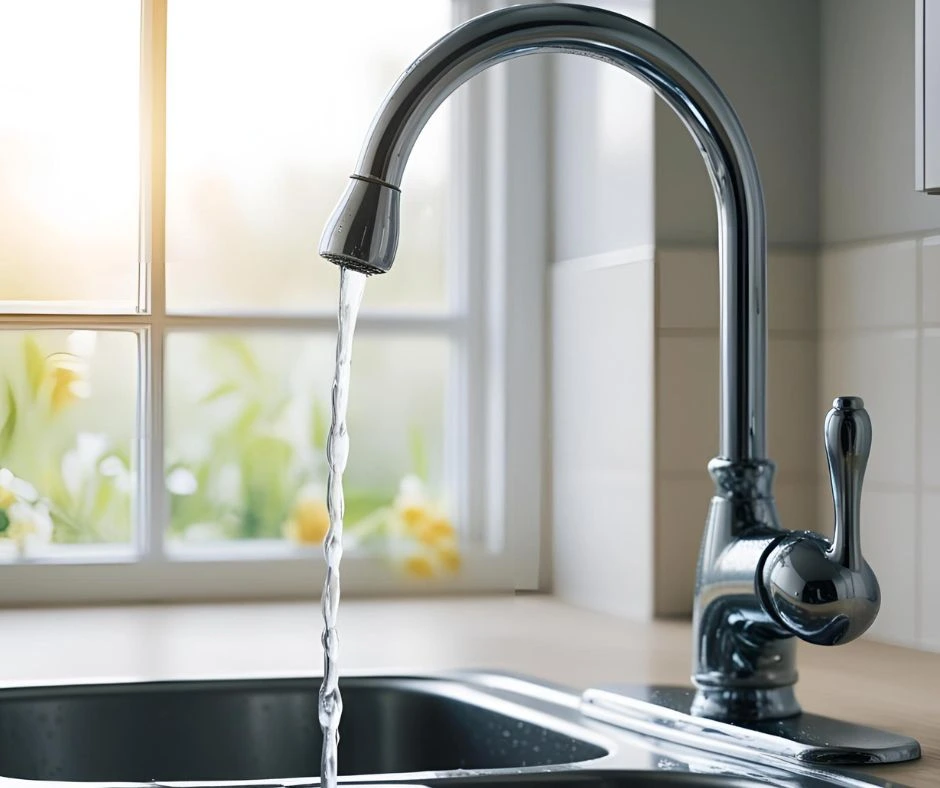
Fixing Leaks A Priority
- As soon as a leak is detected, it should be repaired immediately to prevent water waste.
- Minor leaks in taps and toilets can often be fixed using basic tools and replacement parts.
- For major leaks in walls or pipes, it is best to call a professional plumber for proper repairs.
- By identifying and fixing leaks on time, we can save water, reduce bills, and protect our homes from potential damage.
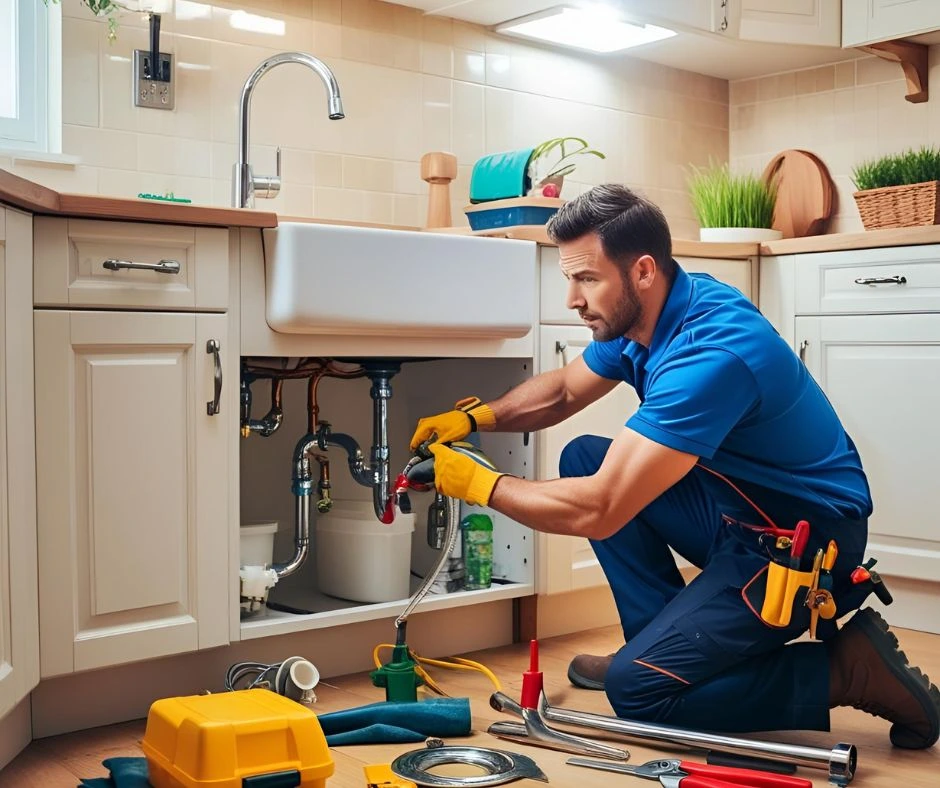
Conclusion
Saving water is not just about reducing bills; it is also a crucial decision for a better future. By making small changes in our daily habits, we can significantly reduce water wastage.For example, we should use water-efficient fixtures that consume less water, regularly check and fix leaking taps and pipes, and develop a habit of using water more wisely every day. These simple steps can help prevent unnecessary water waste.The two areas in our homes where the most water is used are the kitchen and the bathroom. However, we can reduce water consumption by using low-flow showerheads in the bathroom and limiting shower time. While applying soap or shampoo, we should turn off the tap instead of letting the water conservations run continuously. Additionally, we should minimize unnecessary tap usage to further conserve water storage.
How can I prevent water wastage at home?
I need to check for water leaks in my house and reduce water usage while brushing my teeth and taking a shower.
How can I reduce water usage in my bathroom?
We should use a shower instead of filling a bathtub while bathing. Reducing shower time helps in conserving water. For cleaning the bathroom, it’s better to use a bucket and sponge instead of running water to avoid wastage. Avoid using water where it is not necessary. If any taps or pipes are leaking, they should be repaired immediately to prevent unnecessary water loss.
How can water expenses be reduced?
If we want to lower our water bill, we should upgrade our old appliances, such as taps and showers, to newer models that use less water. Additionally, we should avoid using more non potable water than necessary to prevent wastage.
How much water is used during a 5-minute shower, and how does it change with increased shower time?
If we run the shower for 5 minutes, it will use around 75 to 90 liters of water. As the shower time increases, this amount also increases.

